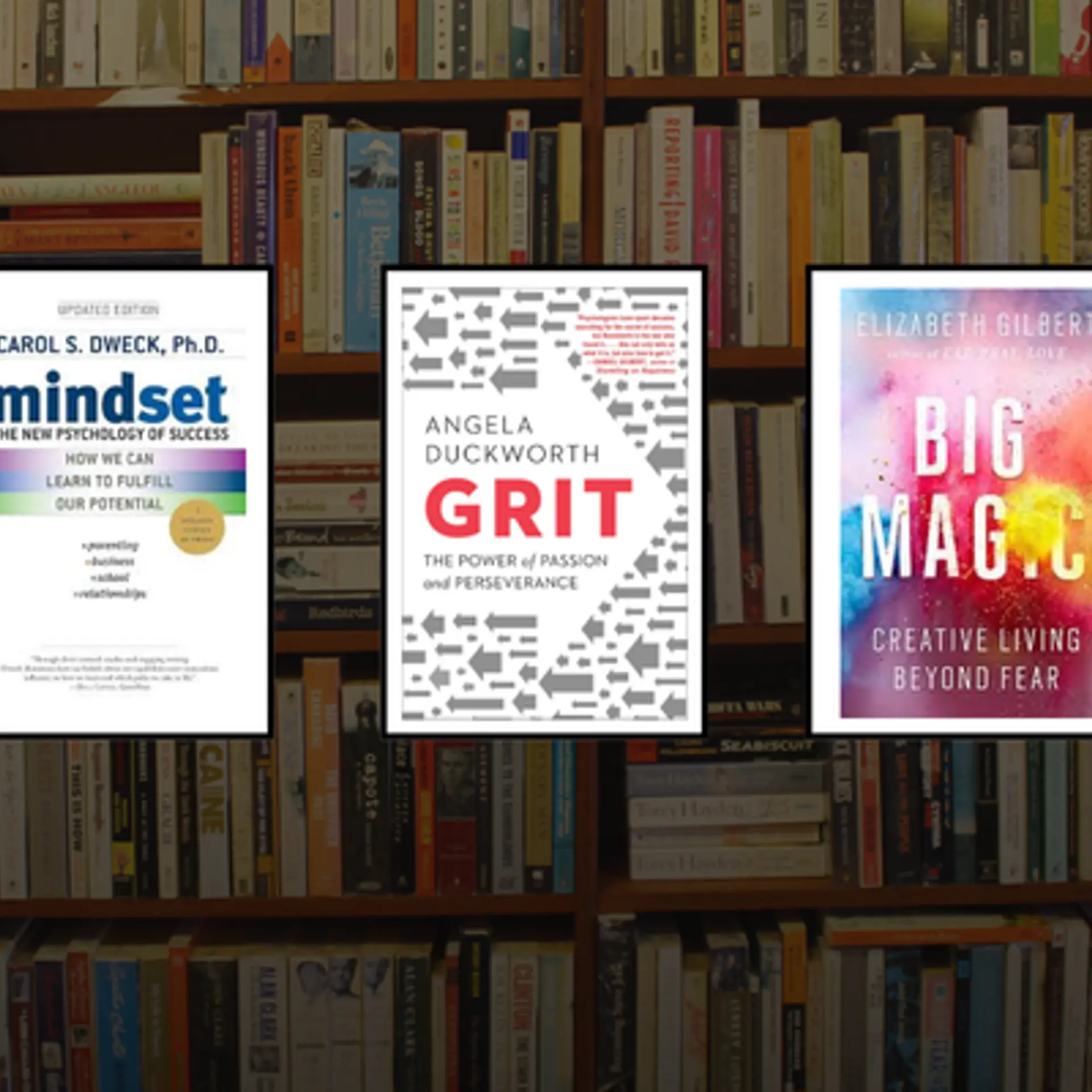AI, augmented reality revolutionising map design
With advancements in technology such as augmented reality, personalisation, interactive design, location-based services, and data visualisation, maps are no longer just a way to get from A to B.
Over the past decade, maps have undergone a transformative shift, evolving from static two-dimensional representations of physical spaces to interactive and immersive experiences that engage users on multiple levels.
According to a report by MarketsandMarkets, the global market for augmented reality technology is expected to grow from $10.7 billion in 2019 to $72.7 billion by 2024, with the rise of AR technology driving much of the innovation in map design.
The integration of AI and machine learning is also playing a significant role in personalising maps to individual user needs, with a study by Tractica predicting that the global market for AI software will grow from $1.4 billion in 2016 to $59.8 billion by 2025.
In addition, interactive design is becoming increasingly popular in map design, with designers exploring new ways to create immersive experiences. The market for location-based services, which rely heavily on maps, is also projected to grow rapidly, with a report by Statista estimating that the global market for location-based services will reach $157.34 billion by 2026.
Overall, the future of map design is set to be a dynamic and exciting space, with new technologies and innovations constantly emerging to enhance user experience.
Enhancing Map Exploration: The power of augmented reality
Augmented Reality (AR) technology is changing the way we interact with maps. It allows for a more immersive experience by overlaying information on top of the real-world environment. For example, using AR, a user can point their smartphone at a building and see its architectural style and history. Maps integrated with AR technology create interactive experiences, providing users with relevant information based on their location.
The AR maps provide an enhanced user experience, as they enable users to explore and discover their surroundings in a more engaging way. Furthermore, businesses can also benefit from AR maps by providing location-based services and advertisements to nearby users.
Intelligent Maps: How AI and ML are revolutionising personalised navigation
AI and machine learning (ML) is transforming the way maps are customised to individual needs. Personalisation can include customised routes, landmarks, and places of interest based on the user's preferences.
Mapping companies are using AI and machine learning to provide more personalised and relevant information. Personalised maps provide a more user-centered experience and can save users time by suggesting the most efficient routes. Further, it can help users save money by suggesting places nearby that are offering promotional offers.
Beyond Basics: Elevating UX by reshaping map experiences
Interactive design is becoming an integral part of map design. Three-dimensional (3D) maps, animations, and visual effects are revolutionising how maps are being presented. Interactive features, such as zooming in and out, provide users with a more immersive and engaging experience.
Interactive design can enhance the user experience by providing more context and information about the user's surroundings. Mapping platforms, such as Mapbox, offer developers the ability to create custom interactive maps for businesses and applications.
Further, these maps can be designed in a way to better engage customers and improve their satisfaction with the product.
Location-based services in the age of IoT
Location-based services are connecting to the Internet of Things (IoT) to provide real-time tracking of autonomous vehicles and parking availability. The integration of IoT sensors with maps can provide users with real-time information about their environment, including traffic, accidents, and road closures.
Mapping companies are partnering with businesses to offer location-based services, such as discounts and promotions to nearby users. Location-based services are making maps more than just a layout of roads and landmarks; they are becoming an integral part of our daily lives.
Uncovering New Insights: The power of data visualisation in map design
The use of data visualisation techniques is expanding to provide more in-depth insight and interactive experiences to users.
Data visualisation tools, such as heat maps, provide users with a visual representation of information, making it easier to understand. The integration of data visualisation tools with maps can provide users with real-time insights about their surroundings. Mapping companies such as Carto are using data visualisation to offer businesses tools for analyzing and understanding location data.
Hence, it is vital to provide users with relevant and quality information through the use of data visualization.
Gone are the days when maps were just a way to get from A to B. Today's maps are dynamic, interactive, and immersive, offering a user experience like never before. With advancements in technology such as augmented reality, personalisation, interactive design, location-based services, and data visualisation, maps have transformed into a journey of discovery and wonder. As we witness new trends and innovations in map design, imagining what the future holds is exciting.
Will we see maps that can predict our preferences and behavior? Maps that offer personalised recommendations based on our mood or interests? Or perhaps maps that can transport us to different worlds altogether?
The possibilities are endless.
Gokul Krishnan is the Vice President of UI/UX and Design at a SaaS company
(Disclaimer: The views and opinions expressed in this article are those of the author and do not necessarily reflect the views of YourStory.)







